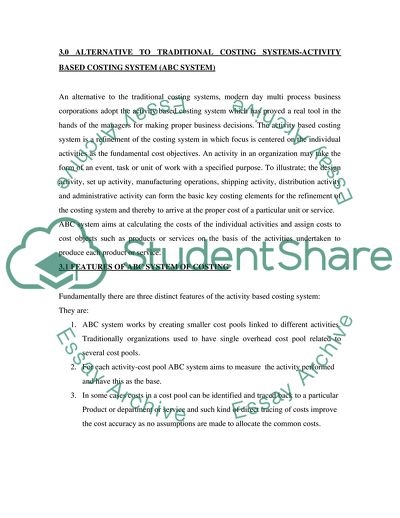Cite this document
(The Management Accounting Systems Assignment Example | Topics and Well Written Essays - 1750 words, n.d.)
The Management Accounting Systems Assignment Example | Topics and Well Written Essays - 1750 words. https://studentshare.org/finance-accounting/1705734-acounting-and-finance
The Management Accounting Systems Assignment Example | Topics and Well Written Essays - 1750 words. https://studentshare.org/finance-accounting/1705734-acounting-and-finance
(The Management Accounting Systems Assignment Example | Topics and Well Written Essays - 1750 Words)
The Management Accounting Systems Assignment Example | Topics and Well Written Essays - 1750 Words. https://studentshare.org/finance-accounting/1705734-acounting-and-finance.
The Management Accounting Systems Assignment Example | Topics and Well Written Essays - 1750 Words. https://studentshare.org/finance-accounting/1705734-acounting-and-finance.
“The Management Accounting Systems Assignment Example | Topics and Well Written Essays - 1750 Words”. https://studentshare.org/finance-accounting/1705734-acounting-and-finance.


